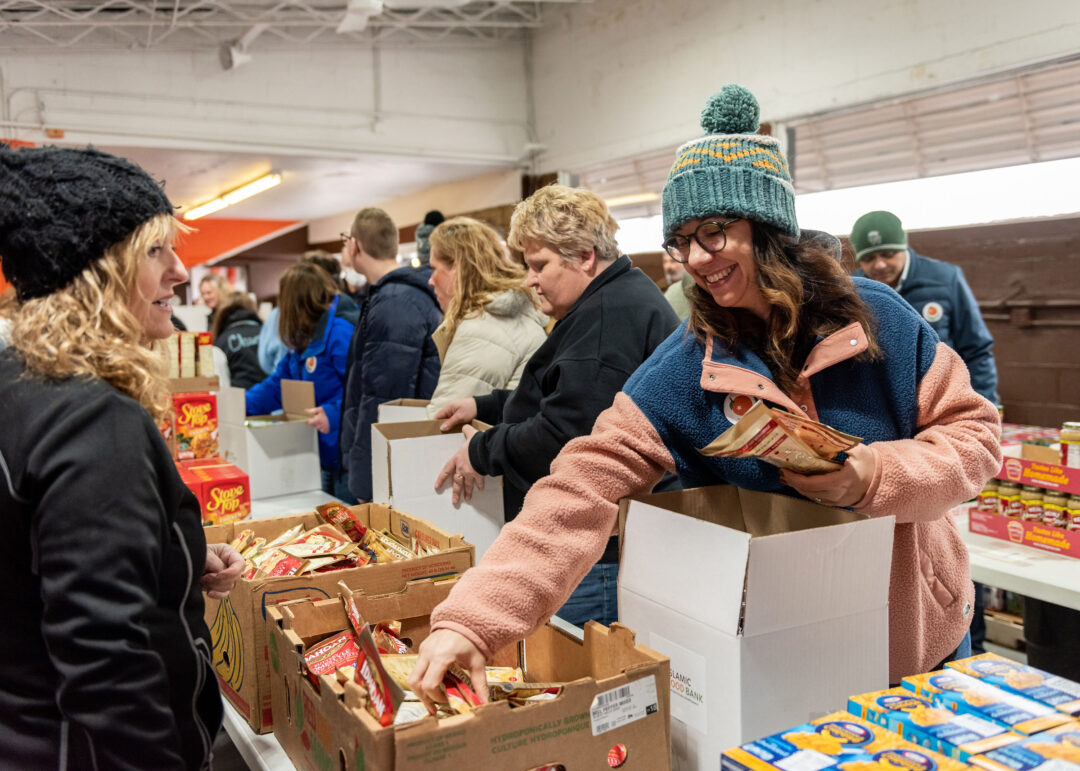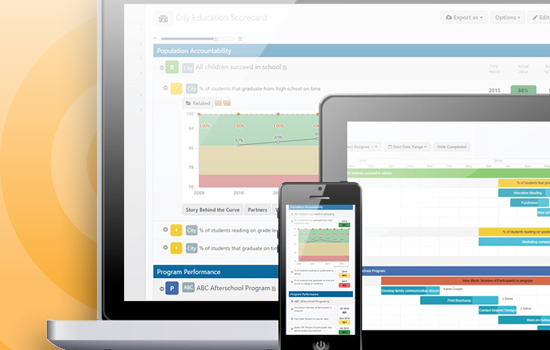When first attending college, I was asked whether I was a one, two, or three meals-a-day “kind of person.” This was to correctly match me with the proper meal plan being offered. After getting a brochure about the various levels, I was also given a handout about food insecurity on college campuses, stating that it was as high as 40% at a four-year university.
With an understanding that food is fuel to power students through their classes, it was surprising to see that so many go without a meal. Yet, even more shocking is the number of younger students in elementary and middle schools – at an age when their bodies and minds are still developing – are lucky to get more than one meal a day.
Which, unfortunately, isn’t a rarity here in the U.S.
Let’s look at hunger on a larger scale: Around 48 million people across the country, or roughly 15% of the population, go hungry every day. Bringing that number a little closer to home, roughly 19% of all Ohioans struggle from food insecurity, including 28% of Lucas County residents and 40% of kids living in poverty.
Kids…this is where the harmful effects of malnutrition and inadequate meals can be seen most prevalently. In Toledo, 3 out of 4 teachers report that children come to school hungry on a regular basis. Not only does this impact their academic achievement, it also affects their mental health, physical development and behavior – resulting in issues such as anxiety and aggression with peers.
There are a few programs within schools, such as free and reduced lunches, that help bridge the nutritional gap for food insecure children, but how do students become a part of these initiatives?
According to the food research and action center, children in households with incomes between 130 – 185% below the federal poverty level are eligible for reduced-price school meals and can be charged no more than $0.30 for breakfast and $0.40 for lunch.
While this is extremely beneficial to kids during the school year, what happens when children are not in school and can no longer engage in lunch programs? Summer is an incredibly worrisome time for financially insecure families, as they do not have the means to give their kids nutritionally adequate and filling meals. This is where the work of nonprofit organizations, such as Connecting Kids to Meals, comes into play.
Connecting Kids to Meals is the leading nonprofit organization in NW Ohio fighting childhood hunger. Last year alone, Connecting Kids to Meals provided 500,000 meals to hungry kids through their after school and summer meal program.
This summer, an additional 2,000 weekend meal kits were distributed to these same kids through Connecting Kids to Meals, thanks to the generous volunteers who joined us at our first United We Eat meal kit build event in June.
Due to the sheer success and need to ensure that every child has access to food, this November, we are doing it again at our United & Thankful event – providing supplemental meal kits to kids for over their holiday break. Our goal of kits to build has grown to 3,000, so we need even more hands on deck and more funds to make it happen! Make your way out to United Way on November 22, to help combat youth food insecurity in Lucas County, and to show your thanks and giving this holiday season.
********
*Information and Statistics from frac.org and connectingkidstomeals.org






















